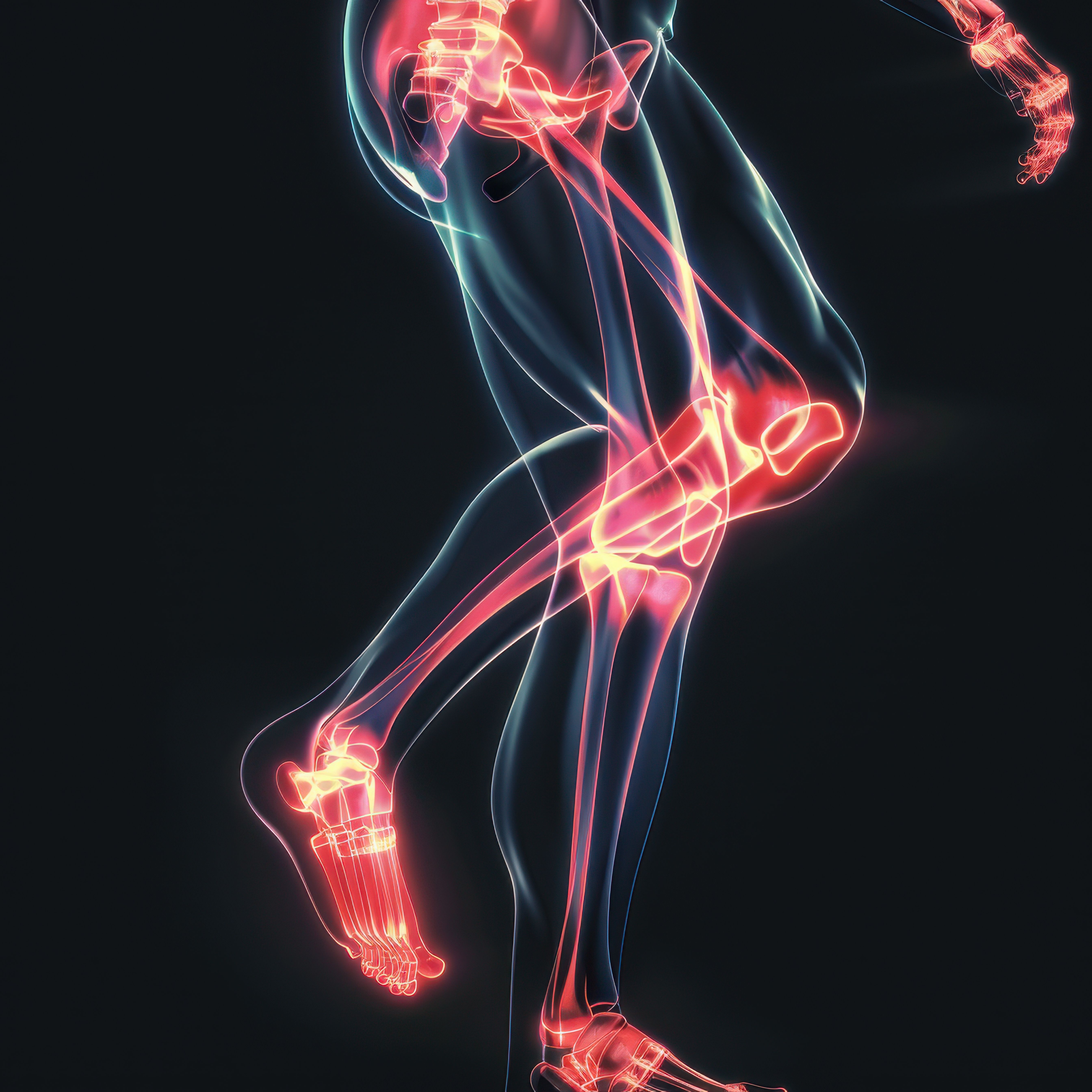- Center on Health Equity & Access
- Clinical
- Health Care Cost
- Health Care Delivery
- Insurance
- Policy
- Technology
- Value-Based Care
A Call for Consistent Digital Mobility Measurement Protocols in PAH
As more researchers utilize digital technology to measure mobility in pulmonary arterial hypertension (PAH), a team calls for consistent protocols to make outcomes as meaningful as possible to patients and clinicians
Refining how digital measurement devices are used in studies that analyze the mobility of patients with pulmonary arterial hypertension (PAH) would help clinicians learn more about how PAH truly affects movement, according to authors of a review article published in Digital Health.1 Currently, no standardized methods of mobility assessment in PAH exist, and establishing such methods would serve to better evaluate potential impairments.
In fact, the authors state, their review article—to their knowledge, the first to cover this topic—provides evidence that the current measurement of mobility in PAH is limited and can be poorly reported or performed. This insufficiency exists despite the fact that mobility reduction or loss may be an early manifestation of PAH, and may reflect underlying deficits that correspond to biological and pathogenic processes.
Mobility reduction may be an early sign of PAH | image credit: PrusarooYakk - stock.adobe.com

Selected for data extraction and included in the review were 16 full, original-research journal articles appearing in publications such as Chest2 and Annals of the American Thoracic Society3 that reported an objective digital measurement of mobility in PAH. Advanced methods exist to measure various aspects of mobility, both in home and clinical settings, but the overriding problem is that that no “gold-standard” methodology for mobility measurement with wearable or digital sensors exists in PAH, the authors state. So, investigators pursuing this kind of research are left to their own devices when choosing among various protocols—in terms of tests, sensor types, locations, attachments, etc—that are quite different from one another and can lead to inconsistent results.
Regarding such inconsistency, the authors note that, for starters, the lack of standardization across the reviewed studies ranged from instrument type and placement location to recording duration and environment of use. Across free-living studies, they specify, 7 days of mobility recording at home was the most consistent recording duration, but durations ranged from 5 days to more than 1 year.
Then, although some studies examined mobility outcomes from wrist-worn devices, not all studies reported whether placement was on the dominant or nondominant side, and no consensus existed across the studies that did. In other cases, instrument placement varied widely between and within studies, including not just the wrist but sometimes the hip, pocket, chest, upper arm, or elsewhere.
The authors’ major conclusion is that further work should establish the validity, reliability, and utility of mobility instrumentation, as well the nature of mobility impairment in PAH. As such, they created specific recommendations for future studies involving digital technologies to assess mobility in PAH. As outlined in the article, these recommendations fall into 2 broad categories:
Study design and reporting
• Use an adequately justified and powered sample size to achieve study aims.
• Comprehensively report technical specifications of wearable sensors, including hardware and software type and version, sampling frequency, placement location, attachment type, and number of sensors.
• Measure and report mobility comprehensively, including both quantity (eg, step count) and quality (eg, gait speed) performance outcomes.
Technology specific
• Conduct and report analytical and clinical validation(including reliability and usability testing) of mobility measurement methods in PAH (ie, representative sample that may also include subgroup analysis) within relevant environment (eg, laboratory, free-living, etc).
• Place sensor in region that can obtain comprehensive (quality and quantity) and accurate mobility outcomes (eg, lumbar region).
• Utilize adequate sampling frequency (eg, >100 Hz) for comprehensive mobility measurement.
• Use an inertial measurement unit (combined accelerometer, gyroscope, and magnetometer) to provide comprehensive raw data on mobility/movement.
• Record for an adequate duration for reliable data for mobility performance outcomes in terms of quantity and quality (ie, 5-7 days continuously with minimum of 3 days; >5 hours per day) for valid analysis.
References
1. Robertson E, Naghavi N, Wipperman MF, et al. Digital measurement of mobility in pulmonary arterial hypertension: a structured review of an emerging area. Digit Health. 2024:10. doi:10.1177/20552076241277174
2. Hemnes AR, Silverman-Lloyd LG, Huang S, et al. A mobile health intervention to increase physical activity in pulmonary arterial hypertension. Chest. 2021;160(3):1042-1052. doi:10.1016/j.chest.2021.04.012
3. Minhas J, Shou H, Hershman S, et al. Physical activity and its association with traditional outcome measures in pulmonary arterial hypertension. Ann Am Thorac Soc. 2022;19(4):572-582. doi:10.1513/AnnalsATS.202105-560OC
